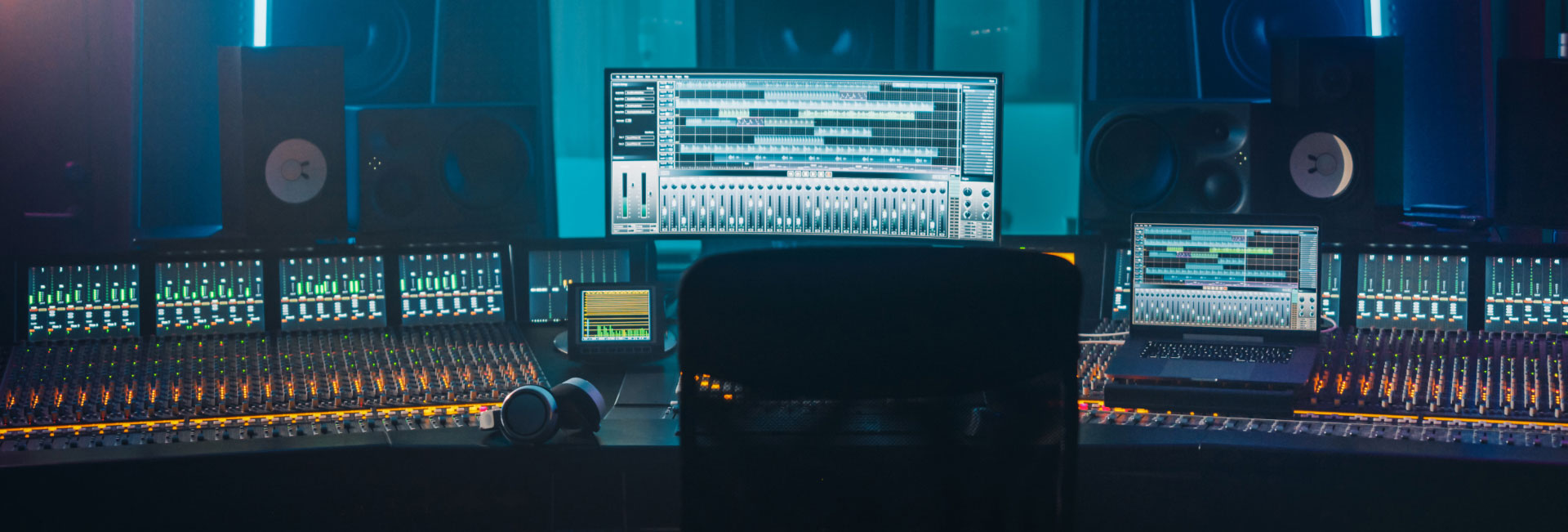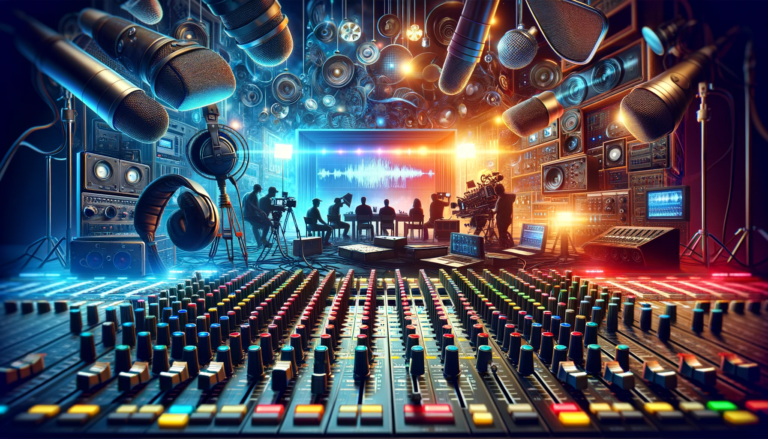
What is Sound Design and Why Should You Care? In the dynamically changing world of media, sound design is an...

Leveraging technology, innovation, and human experiences to captivate your audience.
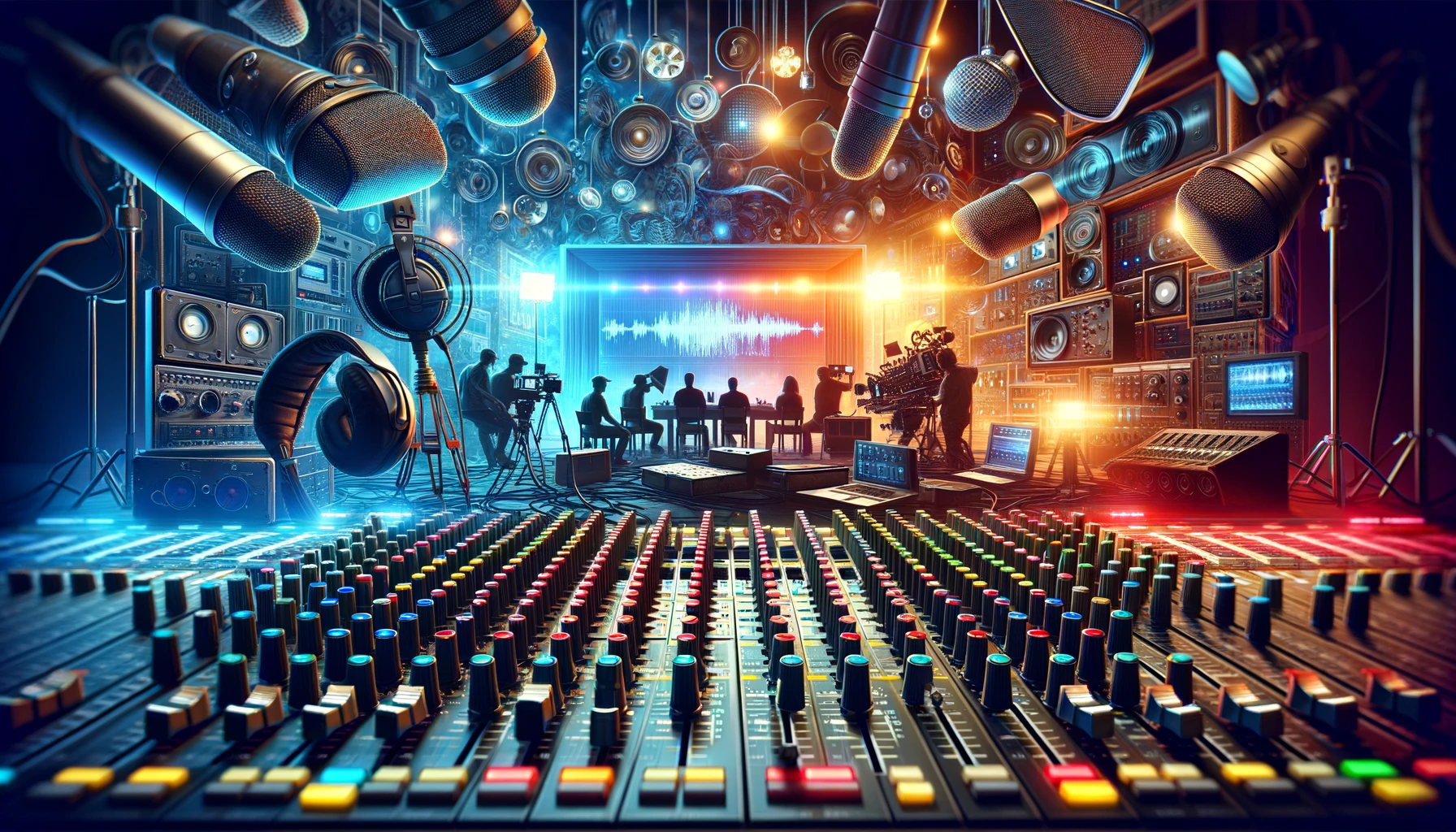
In the dynamically changing world of media, sound design is an integral part of engaging your viewers memory and emotions. Often behind the scenes, but always shaping our experience, it’s more than a layer of background music and some carefully laid footsteps – the entire ‘soundscape’ assumes a personality of its own, carefully tailored to ensure the viewer stays gripped and motivated.
Sound design is the art of creating and manipulating audio elements as found in media. That can be everything from the sound of a car engine added to a tv scene taking place during a taxi ride. Or, the disappointing sound your Windows PC makes when it crashes during a report you need to get done. It’s one of the main contributing factors in building up the atmospheric process of a film, TV show or game. What a lot of people don’t realize, however, is how much of a huge factor sound design plays in brand recognition and user experience as well.
Take the following example, which I’m sure almost all of us are somewhat familiar with:
Even without any visuals, I’m sure most of us would be able to hear that simple 4 – 4-second sound and immediately think “Netflix”. Not only that, but I’m sure many of you thought about your favorite Netflix show or a great experience you had watching Netflix, or what you were looking forward to watching next on Netflix. All that from less than 5 seconds of audio, used to powerful effect. That’s the emotional and psychological power of sound design.
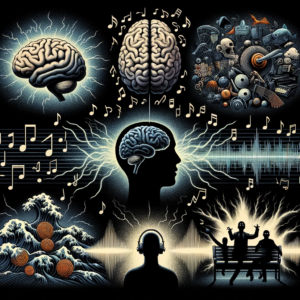
The relationship between sound and human psychology has been widely studied over the years of media and branding.
Sound design in media is no longer just auditory embellishment but instead is a crucial component of creating an engaging and compelling experience. The mastery of the art resides in selecting relevant sounds to complement visualized (or sometimes not) storytelling, adding value to the characters’ stories, your brand’s identity, or a scene’s intensity.
Lastly, to truly make sound design believable, the artist or designer to have an ear that is keen, creatively adept, and technically skilled. It involves finding the right balance between the audio and visual elements while making it seamless and immersive for every listener in every situation.
Take a moment to watch this clip from Steven Spielberg’s “Saving Private Ryan”. In my opinion, this is a prime example of sound design’s potential to immerse viewers in a narrative. Notice how the scene opens with the serenity of the waves before transitioning to the silent soldiers on the landing boat. You can feel the calm, almost serenity until you see the intense faces and physical reactions of the soldiers on the boat. That serene soundscape juxtaposed with the anxious soldiers creates a strong sense of unease, like we are in the calm before the storm.
The transition from the calm hum of the boat and crashing of the waves into the absolute chaos of gunfire sounds, explosions, and does a fantastic job of evoking that feeling of being completely overwhelmed and unprepared. It’s a very visceral experience and a masterclass in using sound to evoke the emotions of chaos, fear, and urgency.
Gary Rydstrom’s sound design created an authentic battlefield environment. A mix of real and synthetic sounds depicted the combat, conveying the battle’s confusion and terror. Finally, the combination of Spielberg’s cinematography and Rydstrom’s sound design created an immersive experience, transporting viewers into battle and making “Saving Private Ryan” a milestone in cinema.
New advances seem to be featuring unimaginable opportunities in sound design for future media ventures. Technologies like spatial audio and immersive soundscapes have and will continue to change the very way media will relate to us in times to come. These techniques gives a more immersive audio experience by positioning the listener at the center of what is happening and giving them 360 – degrees of audio information, creating a much more immersive experience than traditional stereo. While it has applications in many different forms of media, we’re excited to leverage this technology in virtual reality (VR) and gaming, where spatial attributes form a huge portion of the appeal and realism.
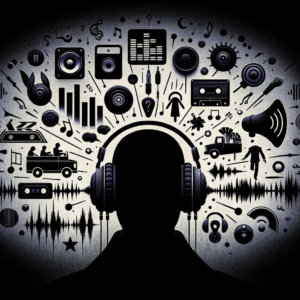
Ultimately, the role of sound design in media should never be underestimated. It is a powerful tool that can elevate a story’s effectiveness, a brand’s recognition, a listener’s emotional response, or the intensity of an experience. With technology progressing, possibilities for sound design are endless ensuring for more interesting things to come in media and branding frontiers.
